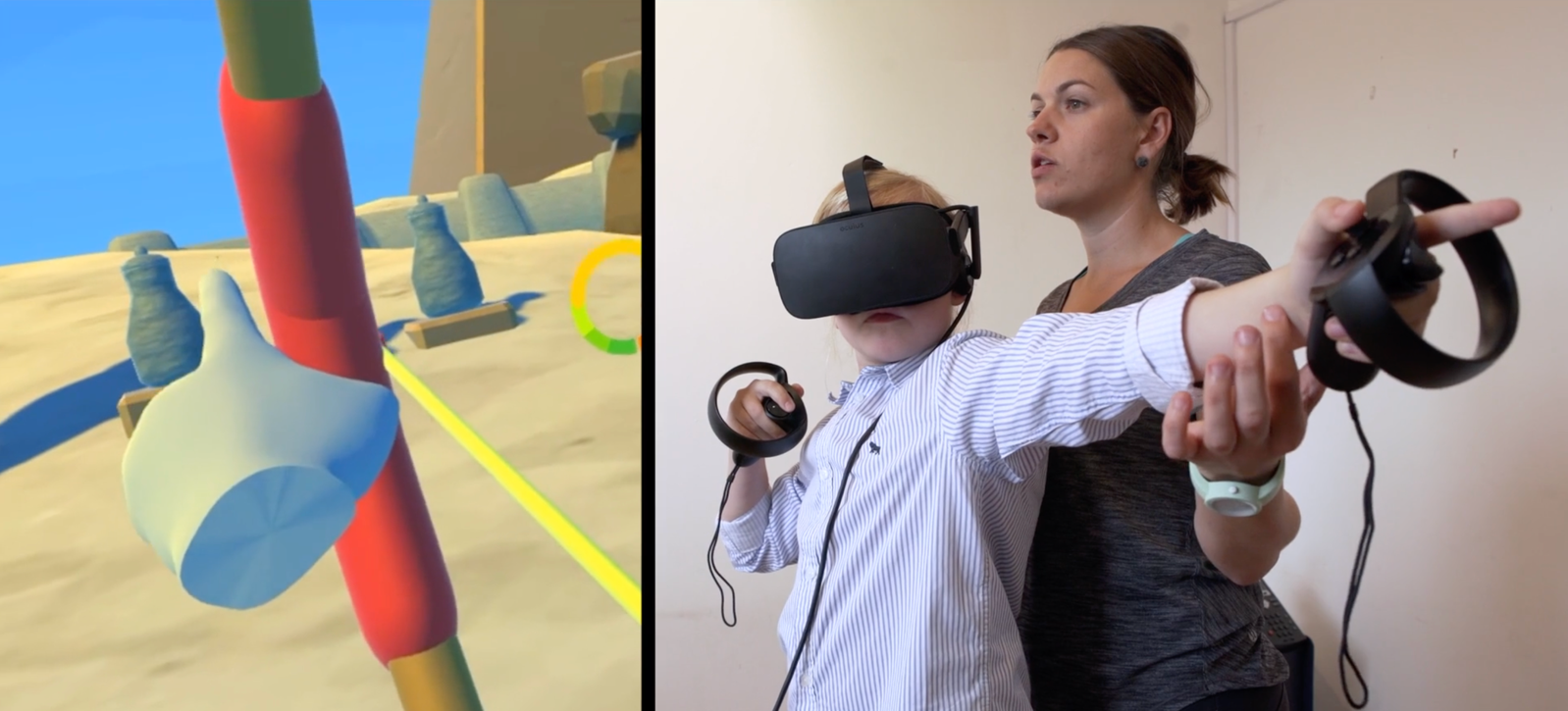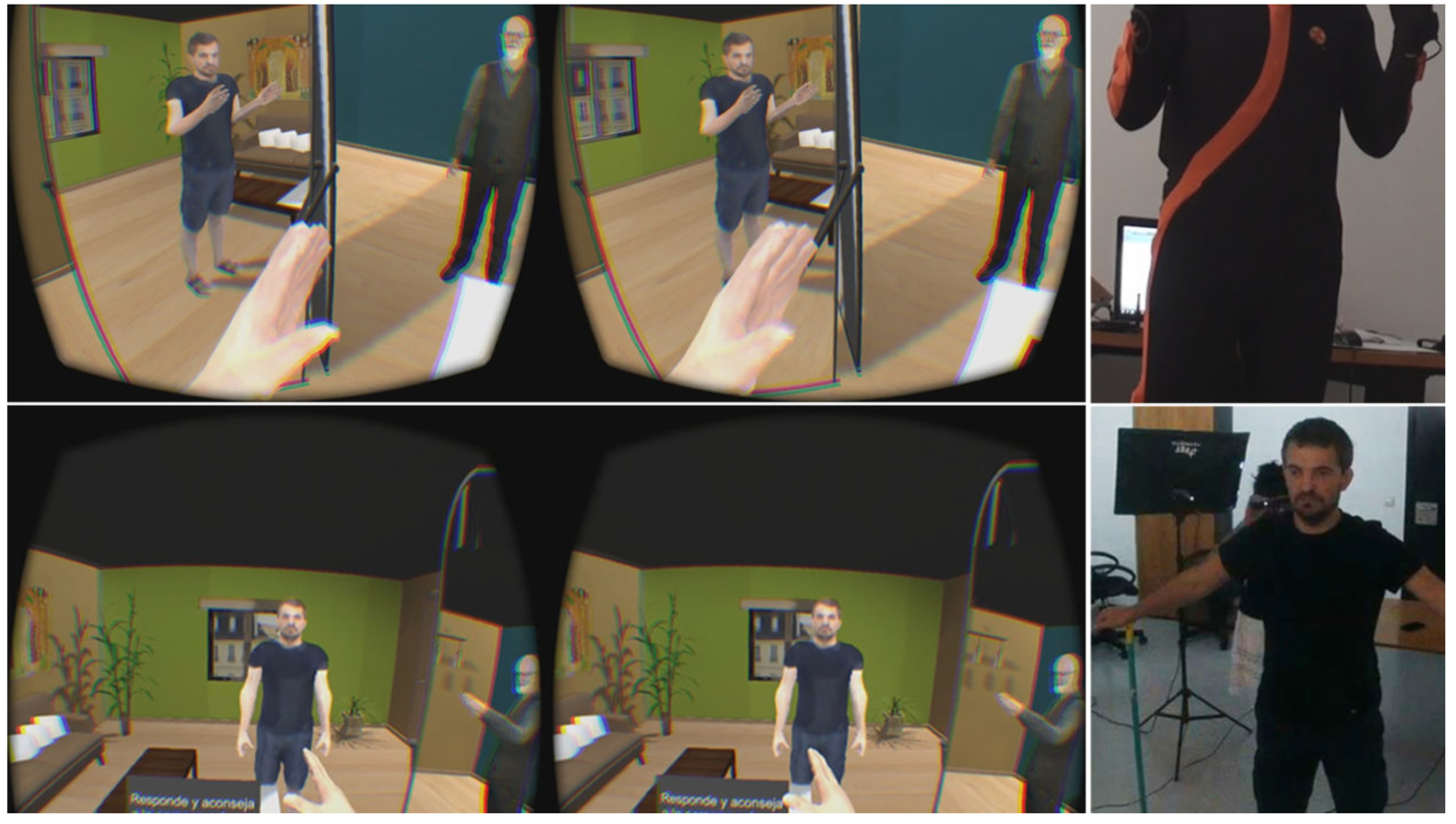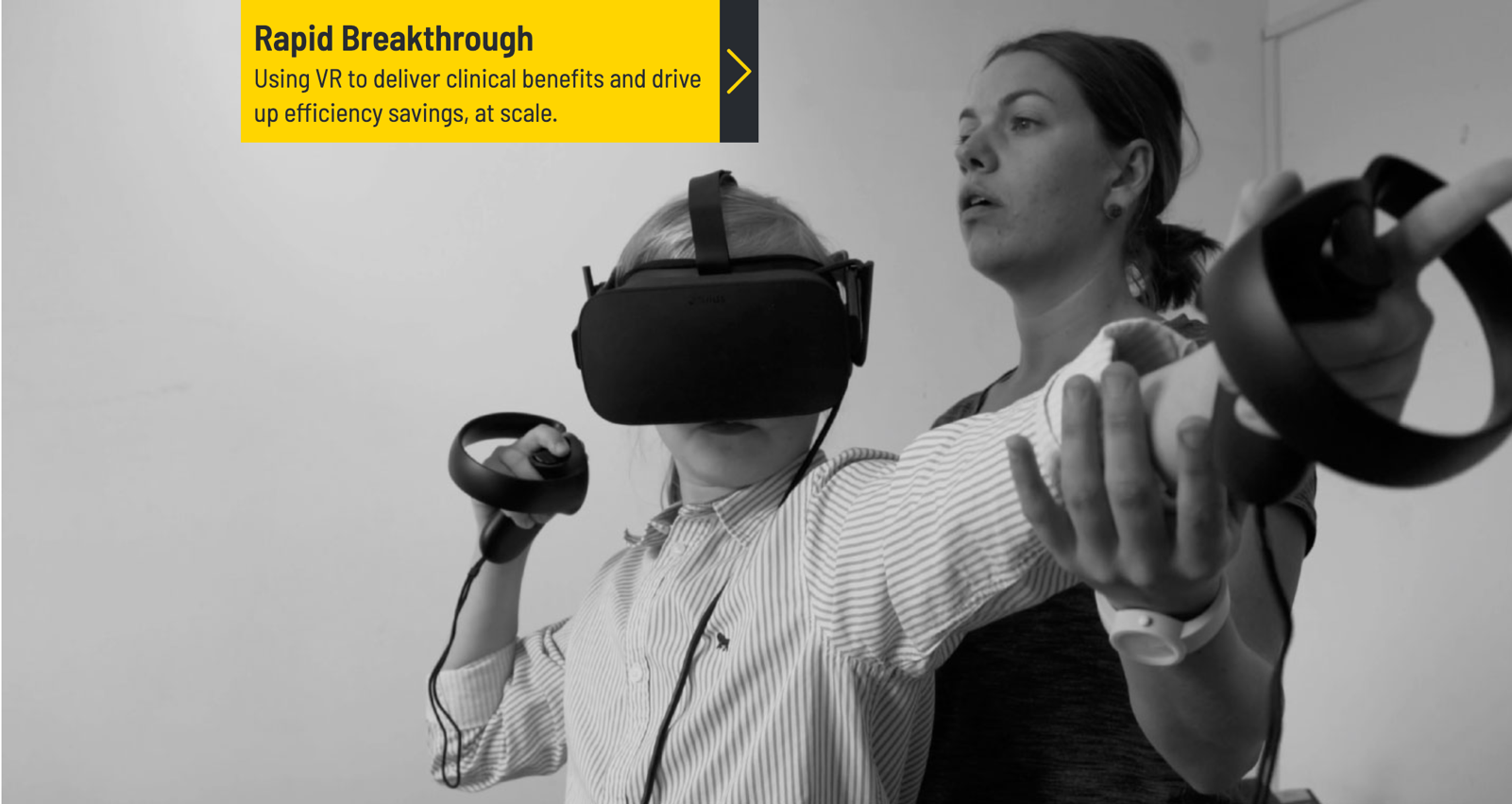Healthcare in the metaverse: Is this the ‘Wild West’ of healthcare?
Metaverses are immersive virtual worlds—versions of the internet that can be experienced in three-dimensional space using virtual and augmented reality technologies. Neal Stephenson first coined the term in his sci-fi novel, Snow Crash, in which an all-encompassing digital world exists in parallel to the real one.
By June this year more than $120 billion had already been injected into the space and digital-first companies like Meta (Facebook’s rebrand name), Russia’s MyTona, Microsoft, Amazon, Roblox, China-based Tencent, and Epic Games have been busy building their particular visions of what they think a metaverse should be. One outcome of this is a sense of burgeoning fragmentation with several metaverses being created.
In this introductory article, I explore some of the many inspiring healthcare opportunities the metaverse(s) - present and look more closely at some of the key challenges. I also suggest the creation of a ‘metaverse healthcare’ body to open up discourse and develop metaverse activity in a way that has positive outcomes for patients, carers and healthcare workers.

Envisioning opportunities in healthcare
While use cases such as attending conferences and shopping in the virtual world are garnering considerable attention, the implications for healthcare are especially significant. Dr Bertalan Mesko, Director of the Medical Futurist Institute, stated that ‘breaking down the physical barriers is one of the biggest promises of the digital health revolution, and that this would be ‘an absolute win for medical professionals and patients alike.’ Opportunities the metaverse(s) present healthcare are undeniable, and one example for the future could be the creation of a metaverse healthcare public good—a kind of virtual, immersive public health utility model whereby patients can access health services more easily and more efficiently, and which helps reduce staff burnout, workforce shortage issues and the towering elective care backlogs we already face. Many of the digital, remote or telecare solutions created and delivered during COVID hint at this possibility: in my mind, they are early prototypes of what some care delivery services will be in the future.
We may still be some way from achieving the virtual experiences depicted in sci-fi films like Ready Player One, but the delivery of less visually dependent therapies is far more feasible. In a collaboration between the University of Barcelona and Virtual Bodyworks, a team explored the use of a VR therapeutic tool to alleviate mental health conditions.

Using VR to deliver mental health therapies (image from University of Barcelona and Virtual Bodyworks)
As part of the therapy, participants are immersed in a virtual world and invited to speak to ‘Dr Sigmund Freud’ about their problems. As part of the therapy, certain tools are used, including gestalt therapy role play and chair exercises. Here in the virtual world, the patient encounters a crying child whom they are encouraged to comfort and give advice. Later, they encounter a crying, small avatar version of themselves, and again they are encouraged to offer an empathetic, compassionate response. The participants widely reported a significant improvement in their mood, citing the effectiveness of being able to vocalise their feelings in a virtual environment.
What does ‘design for good’ mean?
My own ‘design for good’ non-profit organisation, Fuzzy, has explored the benefits of VR-driven digital experiences. In one instance, with hospitals struggling to free up beds rapidly and provide physical therapy to cancer patients, the team investigated ways in which the technology could deliver clinical benefits and drive efficiency savings at scale within healthcare systems. The resulting VR prototype and business case led to accelerated learning, and a live project demonstrated to healthcare and innovation specialists. Click on the image below to watch a video and learn more.

Early versions of the metaverse? Using VR to free up hospital beds, get patients home quicker, at scale
What are the benefits of a healthcare metaverse?
Digital tools and capabilities have been and will continue to be (re)combined to deliver a whole mix of services and benefits, and this may prove to be some of the most powerful features a healthcare metaverse can offer. The joining together of multiple innovative technologies will provide the ability to deliver integrated programs to treat patients, dismantling many of the siloes that currently exist and hinder healthcare systems around the world from being able to leverage staff skills and deliver healthcare more effectively. From diagnosis to treatment, and from monitoring to rehabilitation, the metaverse is a potential route to streamline healthcare experiences in a way that is transformational for both professionals and patients.
At a macro-level, as hinted at above, I believe a prototype version of an entire healthcare ecosystem is already being created albeit in an organic and piecemeal way. The various responses to health challenges seen during COVID such as video consults, the automated delivery of prescriptions, virtual wards and the use of virtual surgery tools (all of which are fed by real-time, real-world data) suggest a convergence pattern.
Within the metaverse and a micro-level, a Digital Twin of a patient could also be created. This could be used to enhance the way in which healthcare professionals and patients interact, how services are augmented for example, using patient-specific and wider, ‘look alike’ data, or how junior staff are trained. Digital Twins could also be used to educate and empower patients so they can get an understanding of what is happening to them, meet their care team members and other support groups.
Digital tools and capabilities have been and will continue to be (re)combined to deliver a whole mix of services and benefits and this may prove to be the most powerful features of a healthcare metaverse offer. The joining together of multiple innovative technologies will provide the ability to deliver integrated programs to treat patients, dismantling many of the siloes that currently exist and hinder healthcare systems around the world from being able to leverage staff skills and deliver healthcare more effectively. From diagnosis to treatment, and from monitoring to rehabilitation, the metaverse is a potential route to streamline healthcare experiences in a way that is transformational for both professionals and patients.
Assessing (and tackling) the challenges
At a top line, challenges include who owns what, how and how much, accountability and governance, accessibility, data privacy risks, digital literacy limitations, high upfront costs and safety compliance. At a fundamental level, these issues are no different to those faced and overcome by providers of in real life (IRL) services.
And like any new market, there will be early innovators and adopters, with a few big winners and many losers. As this space matures, there will be various corrections and consolidations. In my view, what is critical is to ensure that the winners in all of this are patients, their carers and healthcare staff.
This is why a ‘metaverse healthcare’ body should be created to develop this discourse and ensure that a healthcare metaverse ecosystem works on a mutual or public good basis—i.e. services offered that are 100 percent inclusive, available for and accessible to everyone in society, and put positive health outcomes for humans first.
This means not leaving such developments to the competitive or political whims of a small number of billionaire entrepreneurs or untrustworthy politicians. I liken this to the Wild West because I see a pattern of ‘territorialisation’ of the metaverse concept emerging, whereby the strongest and best-resourced win. To me, it is vital that a human-centred, socially equitable approach is taken to use this potentially transformational technology to deliver healthcare, one that can be trusted, does not charge everyone a prohibitive fee, exploit vulnerabilities, gatekeep or hamper valuable creativity and opportunity.
Given the possible rapid proliferation of offers and at the risk of repeating myself, it is my belief that, in the health space, a body should be created to orchestrate and regulate this kind of development. However, while we can dream big, the hurdles to delivering this kind of a ‘public good’ vision are large.
How will data security be upheld in the metaverse?
Another big concern when it comes to healthcare and the metaverse is privacy and security, with strict data protection legislation in place around the world. A prime example is the Health Insurance Portability and Accountability Act (HIPAA), a set of standards that protect patient data from being shared without consent. Data security will be of particular concern in the early stages of a deployment when new security issues may not yet have been spotted and addressed.
These concerns are magnified by the fact that the metaverse will not be a single platform, but rather many separate but interoperable platforms. Ensuring robust security for such massive and sensitive data sets in a completely new environment will be a major hurdle for healthcare in the metaverse, but it is possible that the immutable ledger technology of blockchain may offer a robust and practical solution in time.
Alongside this successful adoption and ongoing use of metaverse-based health services—say a 100 percent immersive consult or a physio- or psycho-therapy session—would likely hinge on the quality of the user experience and the proposition it makes to patients and health workers alike. The current levels of hardware sophistication (i.e. some equipment is clunky) and the cost of that equipment and educating patients and staff on how to use it could prove prohibitive.
The high cost of headsets, glasses, wearables, sensors and so forth is high and this would not only be challenging to accommodate within already stretched healthcare budgets, but also for individual patients to purchase their own compatible hardware and required platforms. Innovative thinking will be needed to find ways to develop affordable, effective equipment, and to make it widely available.
Linking to the previous challenge, interoperability issues have also been flagged as a key barrier to the realisation of healthcare solutions in the metaverse. An understanding will need to be established of which devices can seamlessly move between different platforms and networks, which may require significant changes to be made. At present, it is common for certain types of hardware to be incompatible with the devices and platforms of other brands, which would cause considerable issues for patients and professionals in healthcare settings.
Leveraging the metaverse and unlocking its potential in a socially equitable way
Many of you are likely to be considering how the metaverse could be leveraged to deliver healthcare solutions. Feel free to get in touch so I can share more on how we started some of the projects mentioned and to share ideas and explore the opportunities the metaverse offers in healthcare.
I’d also like to discuss the creation of a body that seeks to ensure that whatever we make helps us deliver healthcare in a socially equitable way—a way that works for many, not just the few.




